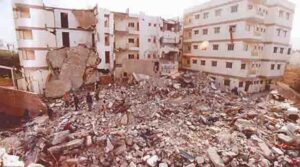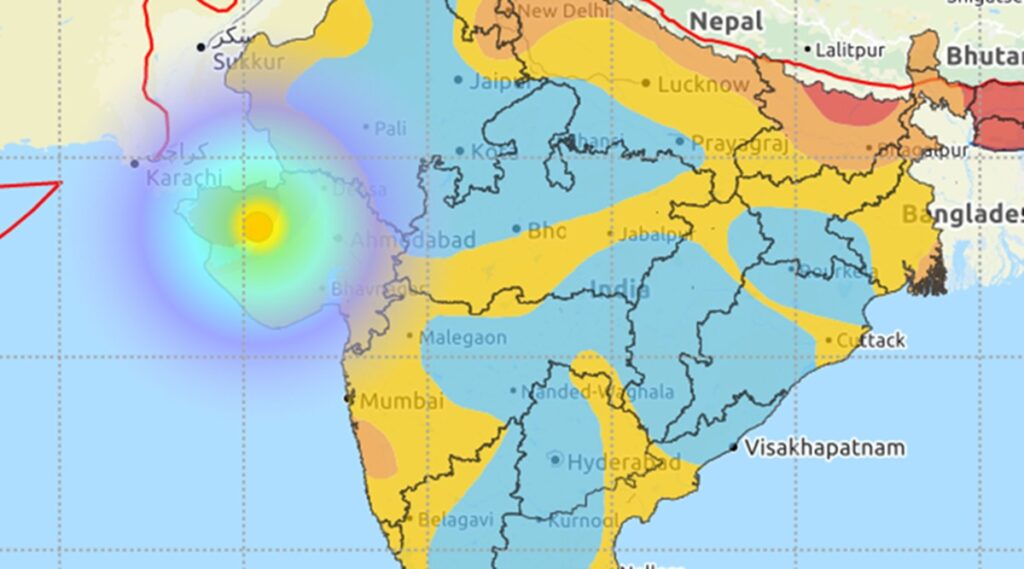Gujarat 2001 Earthquake and Private Websites

On January 26, 2001 a 7.7 magnitude earthquake shook West India. The epicenter of the quake was located in Gujarat, India, with effects felt throughout West India and over into Pakistan. Over 20,000 lives were lost in the quake, along with another 170,000 injured. Entire villages were flattened. Estimates are that nearly 340,000 buildings were destroyed with over $8 billion in property damage. Like with many earthquakes, there was no warning. Tectonic plate collisions and faults are among the most unpredictable of the natural disasters, and can ravage cities in seconds.
The importance of this disaster is due to the widespread communication responses that were revolutionary for the time. It can be argued that this is one of the important first uses of the internet as a media for information and technical dissemination. The internet was used for technical communication before in some disaster instances, but mostly as a highly centralized communication network with a single government website providing information to the outside world. The Gujarat earthquake required this step-in communication evolution because of the serious communication infrastructure damage that was widespread in the affected area. Widespread power outages resulted from transmission line damage and several cities were completely isolated due to breakage of fiber optic cables. Cell phone towers were also damaged, rendering communication out of the affected areas impossible until rescue and relief work set up temporary measures. There were only a small amount of satellite phones and communication was mostly restricted to high level decision makers. Those in quake-affected areas wanted to contact family and friends to report their circumstances, and outside family wanted to know more details on which areas were most impacted.

The nature of post disaster communication systems changed when a number of private websites came online to meet this worldwide demand for information. The private websites proved highly localized damage and needs information. These sites were able to meet the needs of both outside and local parties, and were able to do it in a relatively easy and cost-effective way. This is important because people no longer relied on the centralized communication network and instead moved to a more multi-node network to meet the needs of all parties. Communication after a disaster and technical information in particular such as location details, remaining dangers, and aid information was more easily available and less pressure was on government sources to be the sole voice. This, however, could possibly be a problem if this decentralization of information affects accuracy or reliability.
In conclusion, the Gujarat earthquake in 2001 showed one of the first instances of multi-node technical communication where vital information came from multiple private sources rather than one centralized government voice. This has expanded to current day where every news and media outlet has information seconds after any events and the internet most likely has any details that are needed. The importance of content and rhetoric may be lost in this sea of information, however, and it leaves more to the citizens to do in terms of deciphering and deciding what information is accurate and helpful. There will always be a need for centralized communication from governments in times of extreme crisis, but the additional creation of a multi-node network allows the smaller details and information to be disseminated to the public in a highly accessible way. A technical communication cannot be effective if it does not reach the people who need the information the most.
Resources:
- Kirpes, Martha. “Electronic Communications for Improving Disaster Response and Reconstruction.” 13th World Conference on Earthquake Engineering.
- Yodmani, Suvit & Hollister, David. (2001). Disasters and Communication Technology: Perspectives from Asia.
Recent Comments